
Life and History of Ravel
Maurice Ravel was a French composer of Swiss-Basque descent, who lived from 1875 to 1937. He is often associated with Impressionism, although he rejected the[…]
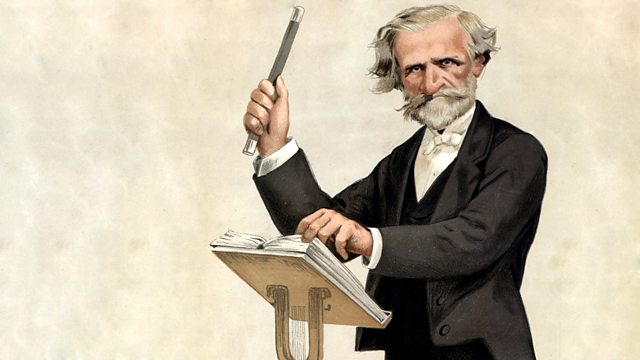
Life and History of Verdi
Giuseppe Verdi was one of the most influential composers of the 19th century, whose operas are still widely performed and admired today. He was born[…]

7 Facts About Dvorak You Didn’t Know
Antonín Dvořák was one of the most influential composers of the late 19th and early 20th centuries. His music is celebrated for its melodic richness,[…]

7 Facts About Tchaikovsky You Didn’t Know
Pyotr Ilyich Tchaikovsky was one of the most influential composers of the Romantic era. His music is widely admired for its expressive melodies, rich orchestration,[…]
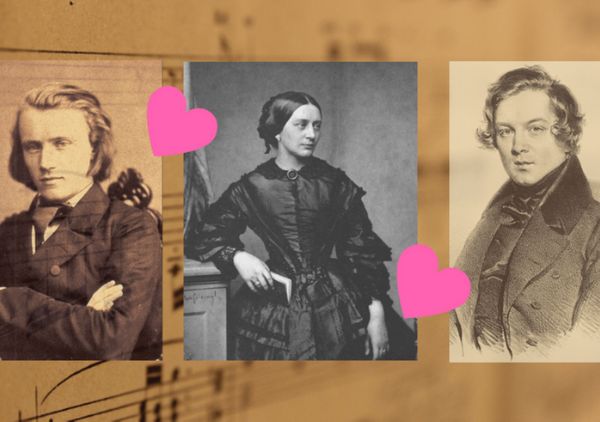
The Love Triangle Between Clara Schumann, Robert and Brahms
Clara Schumann, Robert Schumann, and Johannes Brahms are three of the most celebrated composers and pianists of the 19th century. Their musical talents and achievements[…]
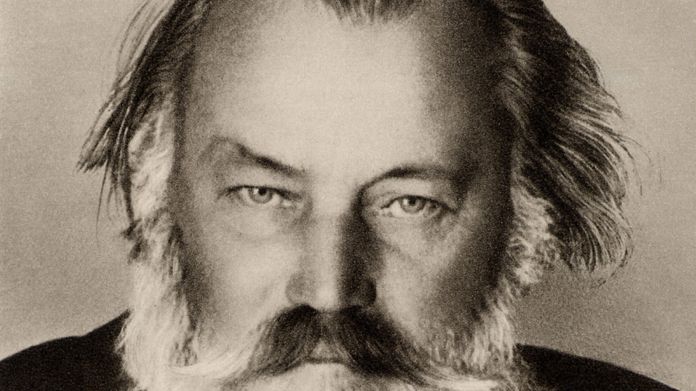
7 Facts About Brahms You Didn’t Know
Johannes Brahms was one of the most influential composers of the Romantic era. He wrote symphonies, concertos, chamber music, piano works, choral compositions, and songs.[…]
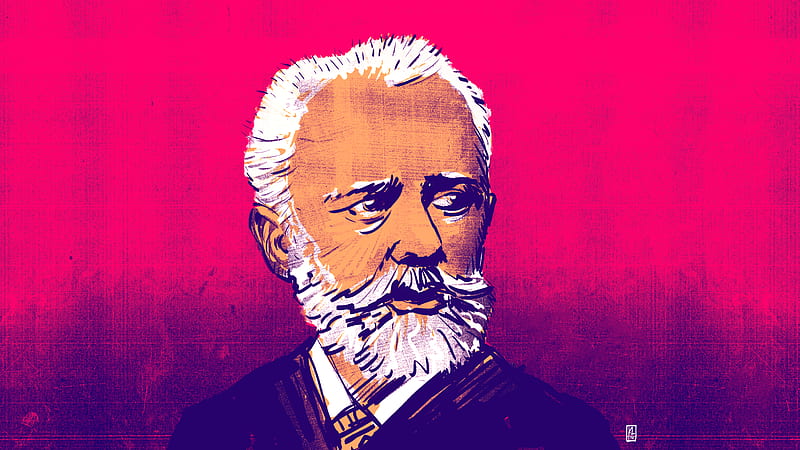
Pyotr Ilyich Tchaikovsky: A Musical Genius
Pyotr Ilyich Tchaikovsky was one of the most influential and popular composers of the Romantic era. He was born on May 7, 1840, in Votkinsk,[…]
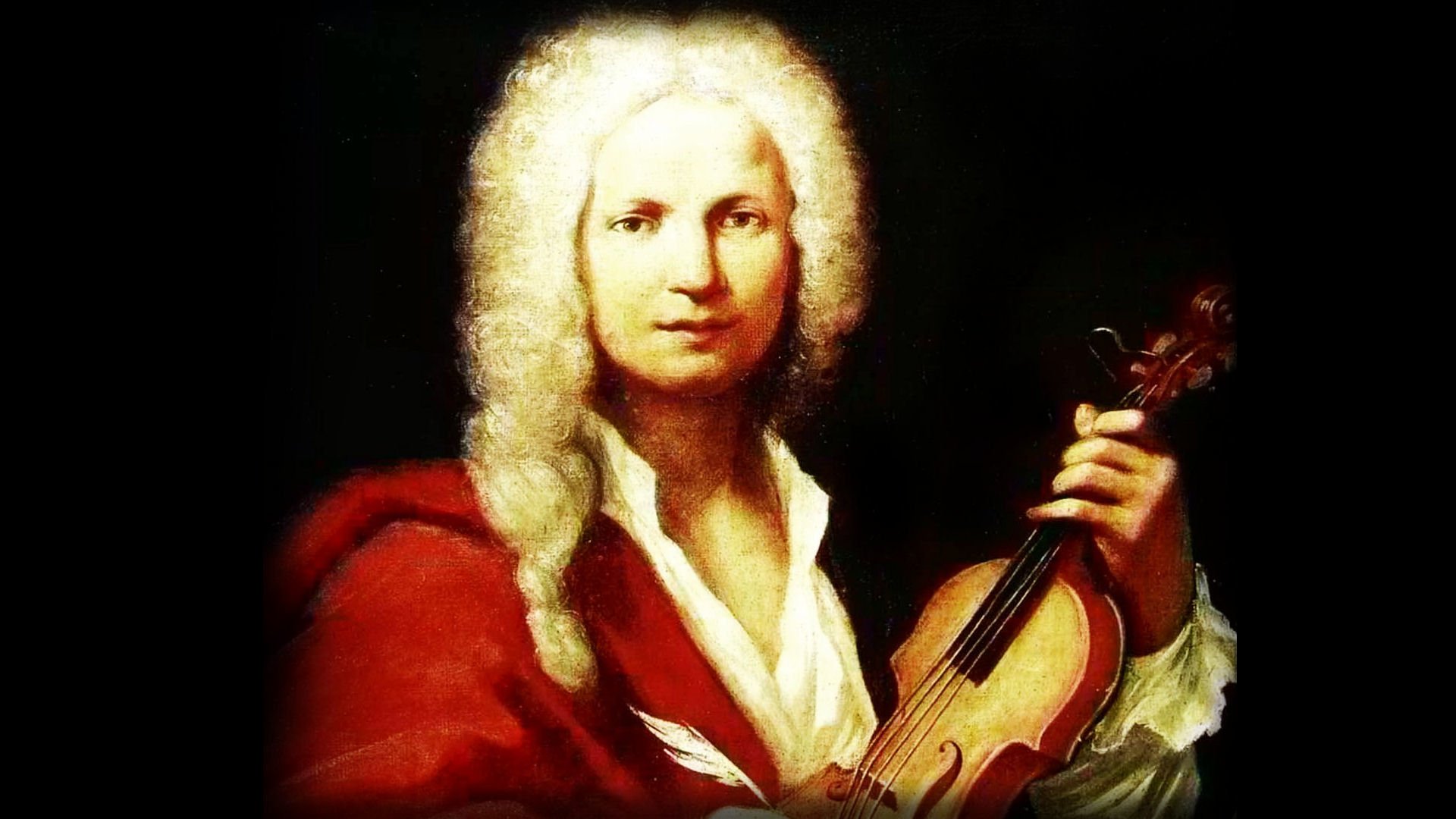
Life and History of Vivaldi
Antonio Vivaldi was a renowned Italian composer and violinist who lived in the late 17th and early 18th centuries. He was born in Venice on[…]
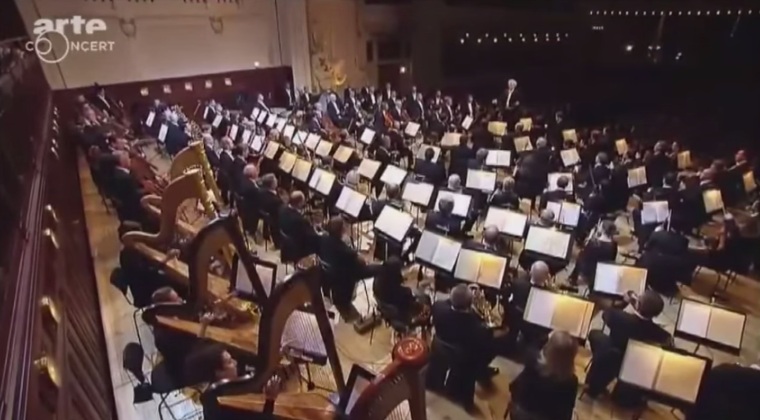
How is an Orchestra Organized?
An orchestra is a large group of musicians who play various instruments from different families, such as strings, woodwinds, brass, and percussion. The orchestra is[…]
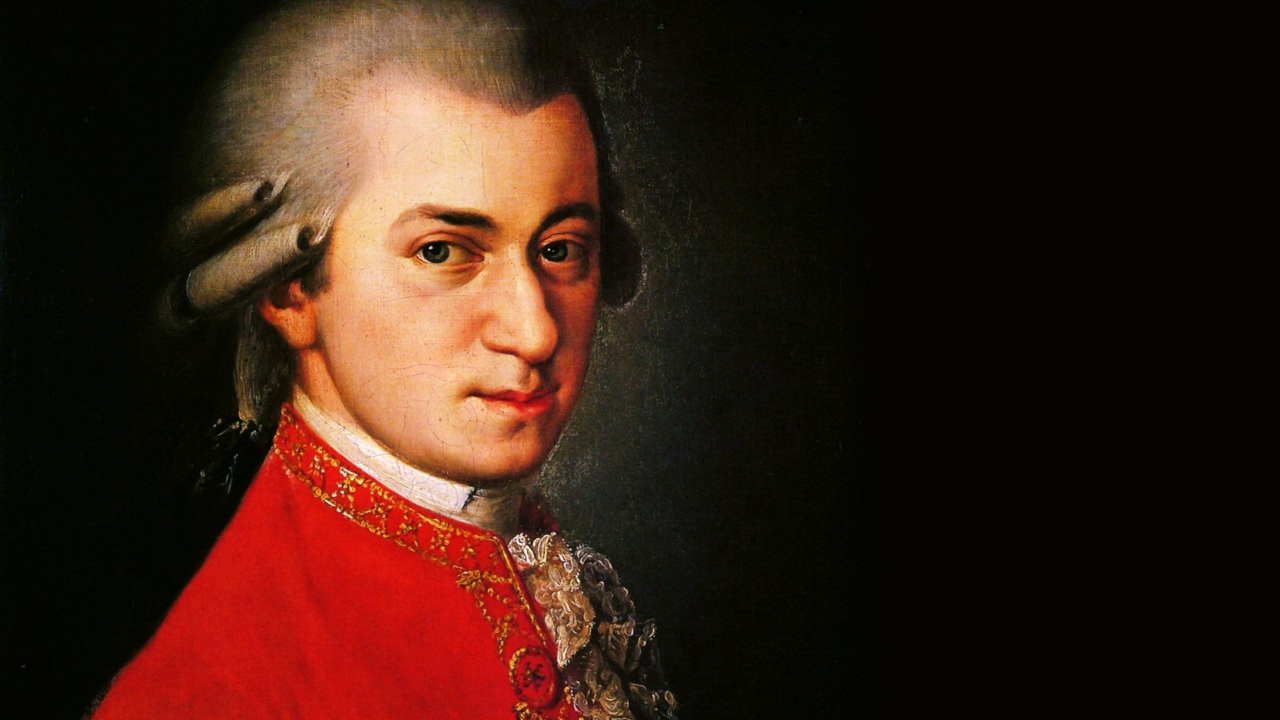
Life and History of Mozart
Wolfgang Amadeus Mozart was a composer of the Classical period who was born in Salzburg, Austria, on January 27, 1756. He was the youngest of[…]